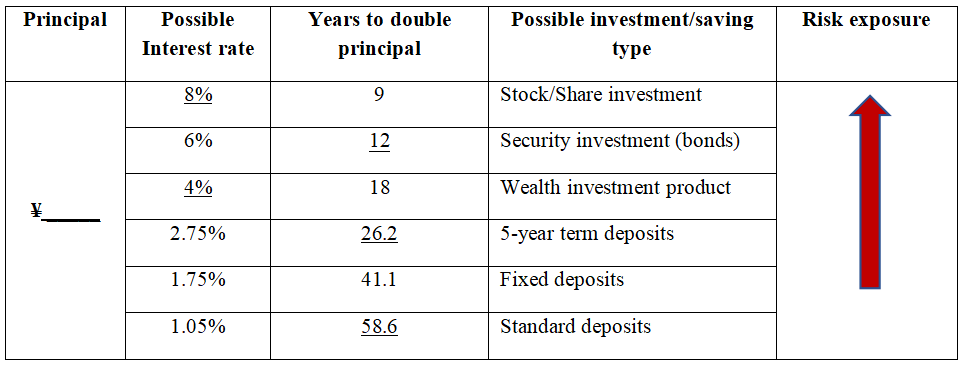Understanding Loan Loss Provisions: Essential Insights for Financial Stability
#### What are Loan Loss Provisions?Loan loss provisions are an essential aspect of banking and finance, representing the funds that financial institutions s……
#### What are Loan Loss Provisions?
Loan loss provisions are an essential aspect of banking and finance, representing the funds that financial institutions set aside to cover potential losses from defaulted loans. These provisions act as a safety net, ensuring that banks can absorb the impact of non-performing loans without jeopardizing their financial health. The concept of loan loss provisions is critical for both lenders and borrowers, as it directly influences lending practices, interest rates, and overall economic stability.
#### The Importance of Loan Loss Provisions
Loan loss provisions play a vital role in maintaining the integrity of financial institutions. By anticipating potential loan defaults, banks can manage their risk exposure more effectively. This proactive approach not only protects the bank's capital but also instills confidence among investors and depositors. In times of economic uncertainty, well-calibrated provisions can help banks weather financial storms, ensuring they remain solvent and capable of continuing operations.

#### How Loan Loss Provisions are Calculated
The calculation of loan loss provisions involves several factors, including historical default rates, economic conditions, and the specific characteristics of the loan portfolio. Banks typically use statistical models and historical data to estimate the likelihood of default for various types of loans. Regulatory frameworks, such as the International Financial Reporting Standards (IFRS) and the Generally Accepted Accounting Principles (GAAP), provide guidelines on how these provisions should be reported in financial statements.
#### Impact of Loan Loss Provisions on Lending Practices
Loan loss provisions can significantly influence lending practices. When banks anticipate higher default rates, they may tighten their lending criteria, leading to fewer approved loans and potentially higher interest rates. This cautious approach can have a ripple effect on the economy, as reduced lending can slow down business investments and consumer spending. Conversely, during periods of economic growth, banks may lower their provisions, encouraging more lending and stimulating economic activity.

#### Regulatory Considerations for Loan Loss Provisions
Regulatory bodies closely monitor loan loss provisions to ensure that financial institutions maintain adequate reserves. This oversight is crucial for safeguarding the financial system and preventing bank failures. Regulations often require banks to conduct stress tests and maintain a certain level of capital reserves relative to their loan portfolios. Compliance with these regulations not only protects the banks but also contributes to overall economic stability.
#### Conclusion: The Future of Loan Loss Provisions
As the financial landscape continues to evolve, the approach to loan loss provisions is likely to adapt as well. Emerging technologies, such as artificial intelligence and machine learning, are being integrated into risk assessment models, potentially improving the accuracy of default predictions. Additionally, the ongoing impact of global economic changes may prompt regulatory updates and new best practices in managing loan loss provisions.

In summary, understanding loan loss provisions is crucial for anyone involved in finance, whether as a professional or a consumer. These provisions not only serve as a buffer against potential losses but also play a significant role in shaping lending practices and overall economic health. As we move forward, staying informed about the developments in this area will be essential for navigating the complexities of the financial world.